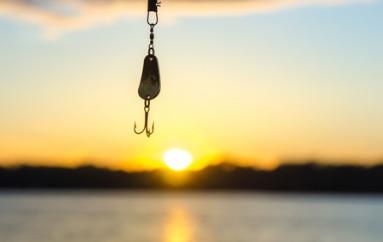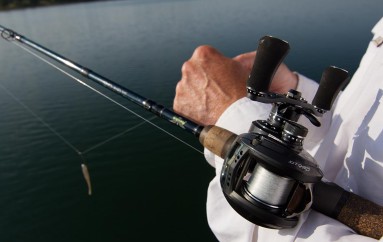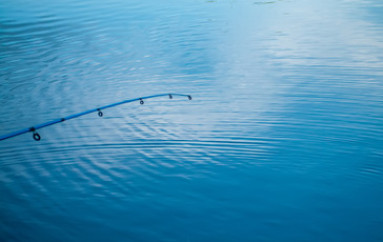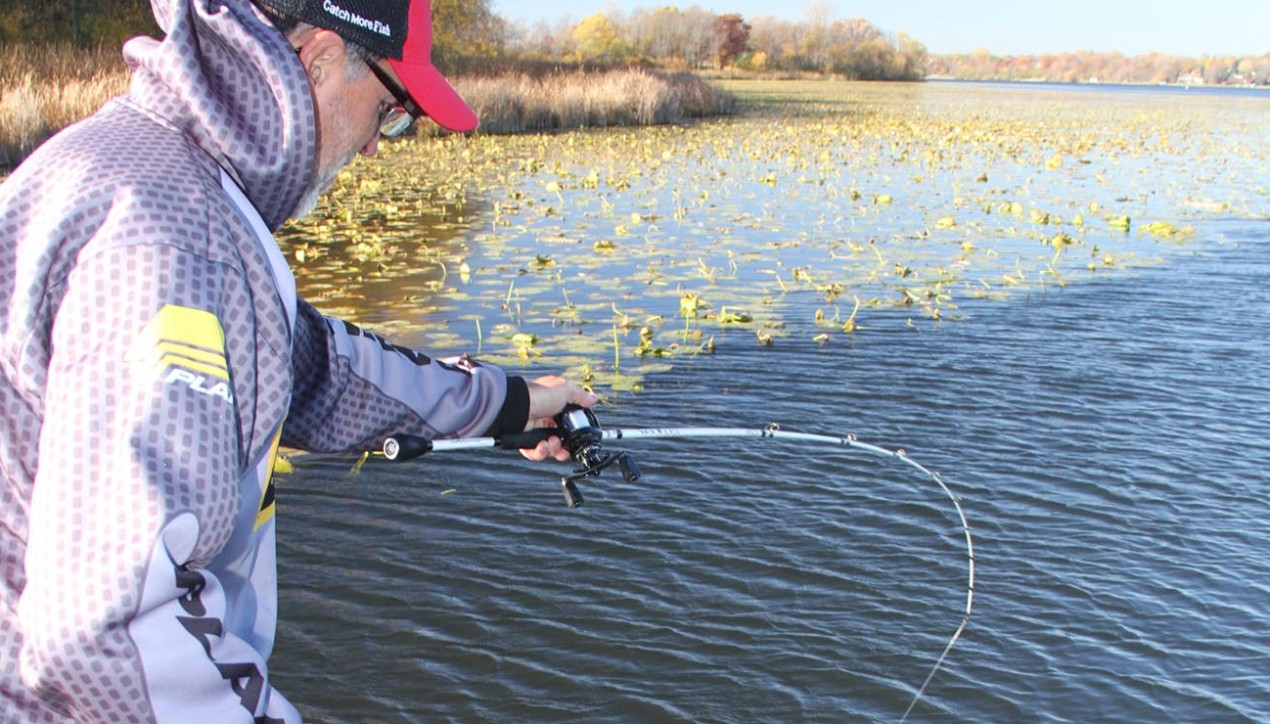
Cold Water Bass: New Lake
If you were to ask 10 people how to fish cold water bass, you’d get 10 different answers. Not only does cold water affect species of fish differently, things like water temperature, weather, and water clarity play a major role in cold water bass fishing. The tricky part is these conditions are never the same from day to day or lake to lake.
Depending on your location the definition of “cold water” varies. For instance, in the northern half of the country, bass still feel relatively comfortable in water temperatures as low as 45 degrees. Move south and that number climbs to 55 degrees or so.
The type of bass you are targeting puts another wrinkle in the equation. Largemouths are far more finicky when it comes to water temperature. The cooler the water, the more lethargic they become. Smallmouth on the other hand handle cooler water better than their big-mouth cousins.
The final piece in the equation is weather and water clarity. Common knowledge is that when water temperatures begin to drop, bass move deep. Water clarity can have a big impact on the depth in the water column bass suspend. The dirtier the water, the shallower they will be. Stained water holds more heat from the sun than crystal clear water.
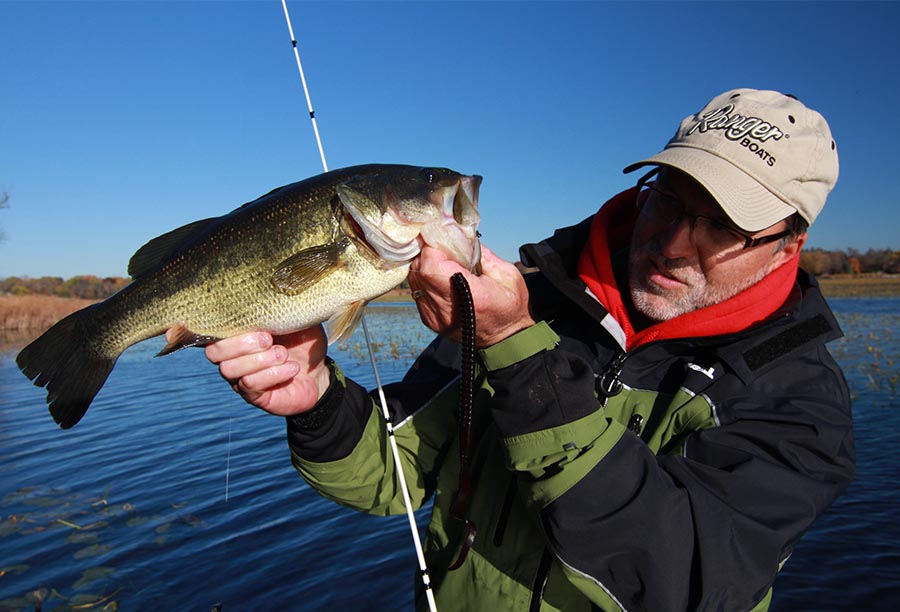
New Lake
So you show up at a new lake when the water temperatures are low and you need to know where to start. First things first, identify the water clarity around the lake. Try to find areas of clear water (if the lake is mostly stained) and vis versa for clear water. Take an inventory of the eastern shoreline and bays (they will heat up faster in the morning sun and typically have a higher overall water temperature throughout the cold weather months).
Use your electronics to zone in on warmer areas of the lake. In some cases, a degree or two water temperature shift can be the difference between finding fish and missing them.
Everyone has their personal go-to cold water bass baits. We aren’t here to make you give those up but take our advice and fish your chosen presentation slowly. Extremely slowly. A slow presentation works for two reasons: Fish are generally more lethargic and you are able to slowly work areas of the lake where fish are staging in warmer water. Of course, there are always exceptions to the rule. Check out how Steve used a crank bait to hammer cold weather bass here.
Breaking Conventions
Conventional wisdom would tell you to fish slow when the water temperature begins to drop. In some cases, this is the best course of action. If fish are inactive and unwilling to chase cranks and spinners, it’s really the only option you have to put fish in the boat. On the other hand, sometimes going against what everyone else is doing and breaking the mold can yield great results.
It is also recommended to fish larger baits when the water temperatures are low. Fish are strapping on the feed bag preparing for the colder months ahead and larger plastics and swim baits have proven time and time again to be an effective way to trigger fish to strike. Want proof? Check out how Steve witnessed two largemouths attacking bluegills in very cold water here.
Fishing fast in cold water can do several things for you. First, it allows you to cover a lot more water if you are having trouble locating fish. Second, it may be just enough incentive to trigger strikes from inactive fish.
Lake Commandos is all about getting out of your comfort zone and finding new ways to catch fish. When you are fishing a new lake with a cold water temperature, don’t be afraid to throw conventions aside by experimenting with bait size and retrieve rate. It might just be the ticket to cashing in late season.

